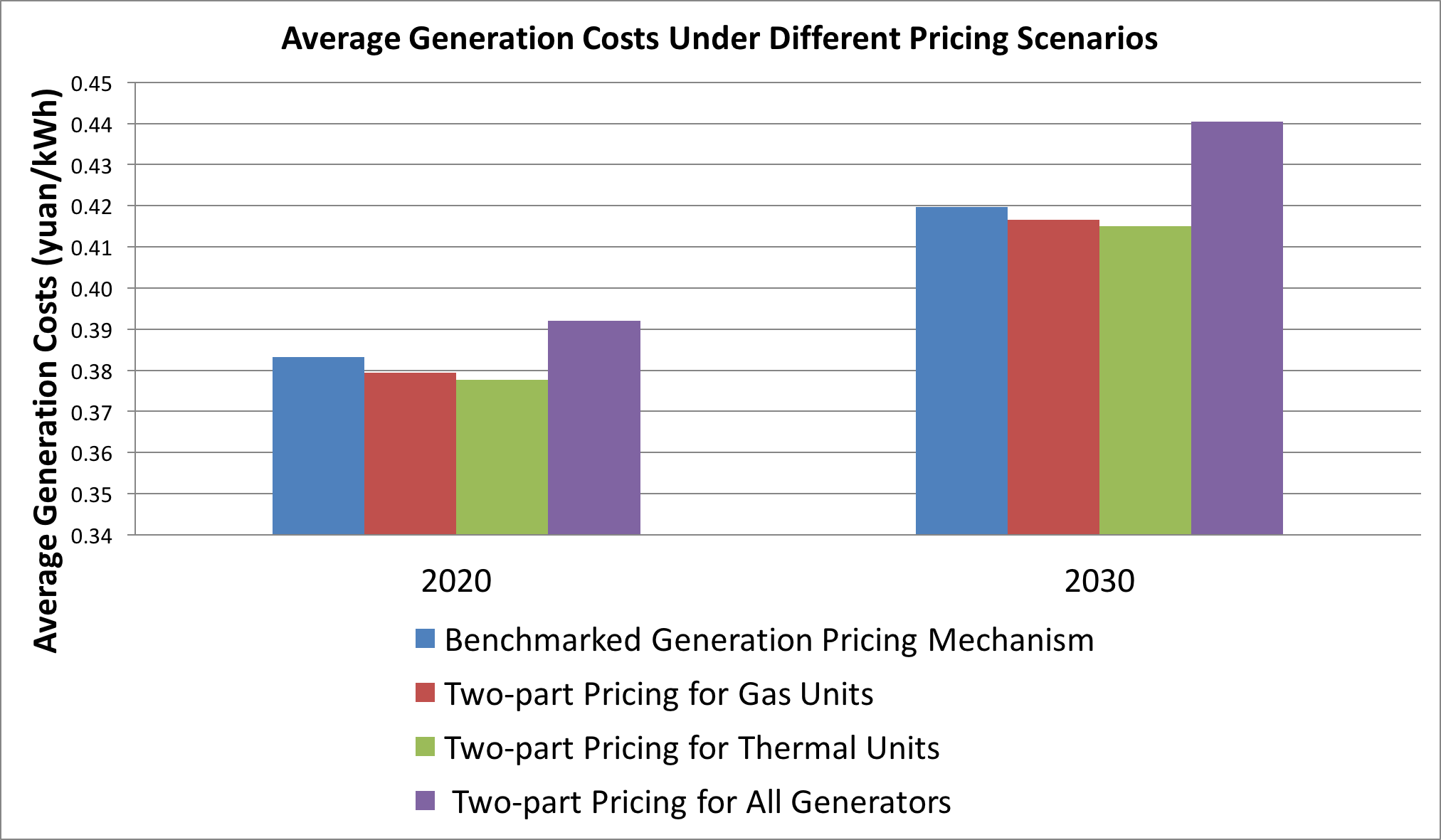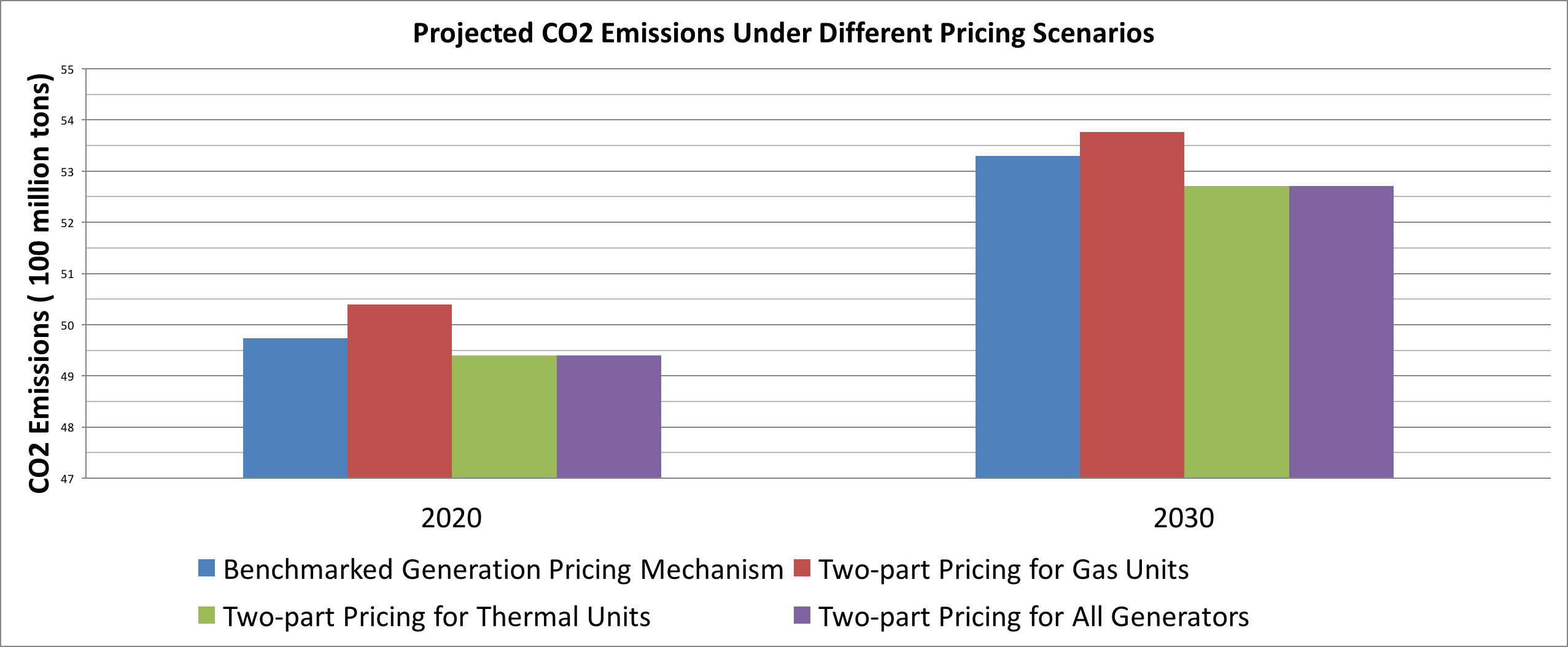China’s power sector is one of the key causes of coal consumption and pollution emissions. The Chinese government has achieved great progress in decarbonizing the power sector in the past ten years through increasing energy efficiency, installing pollution treatment equipment, and supporting renewable energy. However, some problems still remain, including:
- “Equal shares dispatch,” which gives similar operating hours to both high-efficiency and low-efficiency coal-fired generation units;
- High curtailment of solar and wind energy in the northern part of China, which undermines renewable energy development efforts; and
- Unstable revenue in the power sector, which creates uncertainty for future investment.
A new report commissioned by RAP and produced by the ChangCe Thinktank finds that each of these problems is directly linked to the current generation compensation mechanism. As highlighted by several RAP reports, coal-fired generators in China are compensated on a yuan/kWh basis (one-part energy pricing), and so they struggle to generate more power in order to earn more profit under equal shares dispatch. Moreover, such a compensation mechanism does not encourage coal-fired power plants to operate more flexibly when more and more renewable generation comes onto the grid. Finally, government-set generation tariffs fail to adjust in time to deal with changes on both the supply and demand side, and thus can’t send the right price signals to different participants.
Using a simulation model, ChangCe assessed the costs and benefits of four different generation pricing scenarios:
- All thermal (coal- and gas-fired) generators are compensated using benchmark generation prices, where capacity and energy costs are levelized into a single benchmark energy (yuan/kWh) tariff;
- Gas-fired units are paid separate capacity (yuan/kW-yr) and energy (yuan/kWh) prices (two-part pricing), whereas coal units are still paid the benchmark tariff;
- All thermal generators are paid separate capacity and energy prices; and
- All generators are paid separate capacity and energy prices.
A key assumption in the analysis is that two-part pricing enables some or all units to operate according to economic (least-cost) dispatch. The modeling uses 2014 as a baseline and projects total generation costs to 2020 and 2030.
The authors arrive at four main conclusions, illustrated in the figures that follow:
- Total generation costs are lowest under two-part pricing for all thermal generation units, as a result of shifting to economic dispatch (see figure below). This scenario also has the best environmental performance, as the projected coal consumption and CO2 emissions are the lowest.
- Two-part pricing provides a means to balance different stakeholder interests, while still encouraging investment in renewable energy, gas-fired generation units, and large, efficient generators.
- Two-part pricing can help reduce wind and solar curtailment, by reducing thermal generators’ resistance to reduced operating hours.
- An energy-based feed-in-tariff (FIT) will lead to lower generation costs than two-part pricing for renewable generators (see figure below), under current pricing policies in China. (The report provides greater detail on the assumptions behind this argument.)


In 2015, China’s central government announced an extensive package of reforms for the power sector, proposing a gradual restructuring of the sector and a shift toward a more competitive model. This report provides three important conclusions relevant to the design of reforms:
- It illustrates the importance of economic dispatch as a means to fairly reconcile the interests of different stakeholders—generators, grid companies, and customers. Even if additional payments are needed to compensate for generators’ fixed costs, economic dispatch will enable lower cost solutions.
- It demonstrates that, in the case of generation pricing reforms, it may be possible to reconcile the interests of different stakeholders in a way that makes all of them better off. Generators that have reduced operating hours as a result of economic dispatch can be compensated through a separate capacity payment, while still reducing average prices to customers and emissions to the environment.
- It highlights the importance of considering stakeholder impacts in designing reforms. Better understanding these impacts, and taking proactive steps to address them, can enhance the chances of successful implementation.

